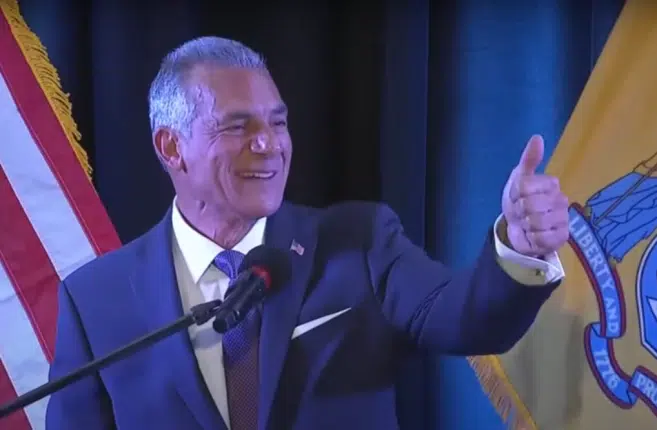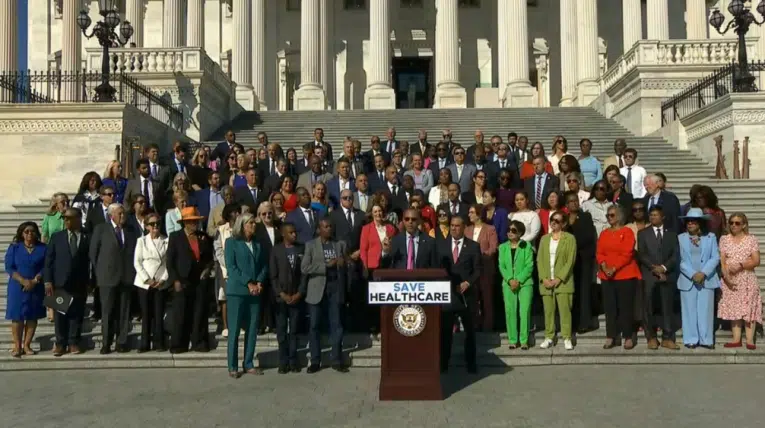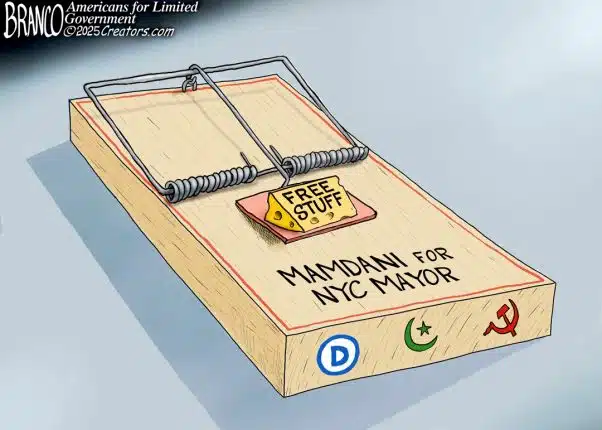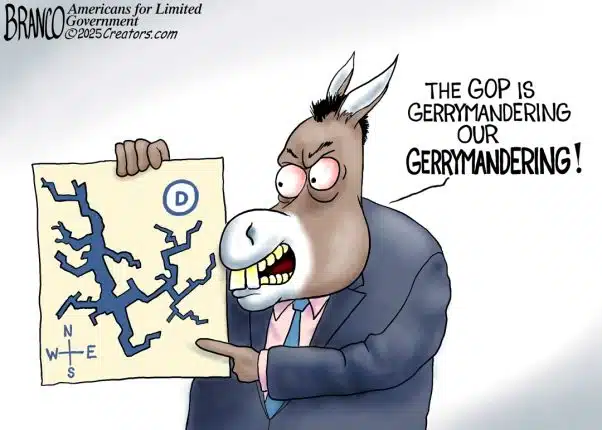By Kevin Mooney —
As U.S. Senators prepare to vote today on a resolution that would block the Environmental Protection Agency (EPA) from imposing regulations without congressional approval, they should know that unelected bureaucrats have already signaled their intention to rewrite the Clean Air Act (CAA).
Sen. Lisa Murkowski’s (R-AK) Resolution of Disapproval of the EPA’s Endangerment Finding, the measure appears to be within reach of passing now Sen. Jay Rockefeller (D-W.Va.) has said they he will vote yes. Rockefeller has been pushing for alternative legislation that would impose a temporary two year ban on EPA activity, but this would require 60 votes. By contrast Murkowski’s resolution only needs 51 votes and cannot be filibustered.
In response to a recent U.S. Supreme Court decision, the EPA issued an endangerment finding last December that declared greenhouse gas emissions endanger public health and welfare and must therefore be subjected to federal intervention. The end result could be the imposition of an unprecedented regulatory regime that is far more costly and intrusive than the anti-energy legislation that has thus far been blocked in the U.S. Senate.
It is difficult to overstate how expansive and restrictive government imposed controls on economic activity could be, if the endangerment is permitted to stand. For starters, the federal EPA and its state counterparts will need to accommodate an estimated 41,000 Prevention of Significant Deterioration (PSD) pre-construction permits annually as opposed to 280 it currently digests and over 6 million Title V operating permits per year versus 14,700.
This means a long and copious list of previously unregulated entities such as office buildings, apartment complexes, small manufacturers and small kitchens would come under government control. To alleviate the backlog, the EPA has proposed a “tailoring rule” to restrict the new regulations to large facilities. This is problematic in that the rule may not be legal under the CAA and could be overturned in court.
However, even if the tailoring rule withstands a legal challenge, the EPA will proceed to regulate smaller emission sources within a few years. This exercise cuts to the heart of why the Murkowski resolution is so critical. Essentially, the EPA stands poised to amend a statute without congressional consent in the name of environmentalism.
Moreover, even if the courts uphold EPA’s tailoring rule it would not offer any safeguard against what is arguably the most pernicious aspect of the endangerment finding namely the rulemaking that would set the National Ambient Air Quality Standards (NAAQS) well below current atmospheric concentrations for greenhouse gases.
The economic fallout would be devastating. The lowered CO2 targets favored by environmental pressure groups, which are in the neighborhood of 390 parts per million to 350 ppm, would spur a global depression. This would enable environmental activists to use the CAA as vehicle for forced deindustrialization. Murkowski’s resolution would short-circuit the grand designs of green activists.
The most dangerous piece of legislation that has been offered up as a way to undermine support for the resolution comes from Sens. Tom Carper (D-Del.) and Bob Casey (D-Pa.) They are proposing a measure to exempt small stationary sources from EPA climate rules while allowing the agency to regulate larger emitters.
This bill would essentially codify the endangerment finding into law and unleash a regulatory nightmare.






